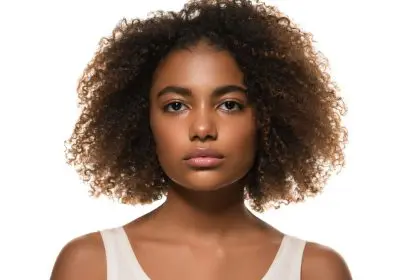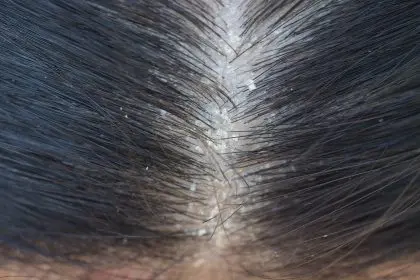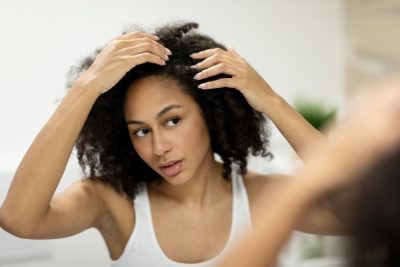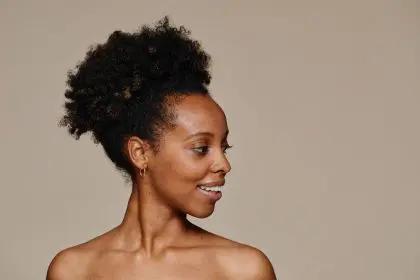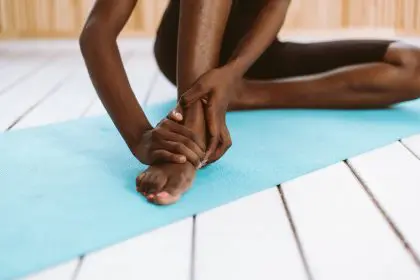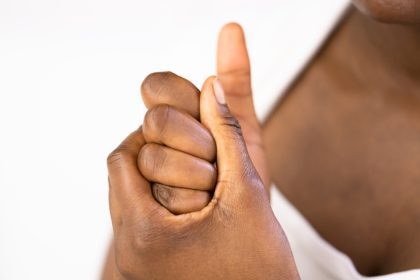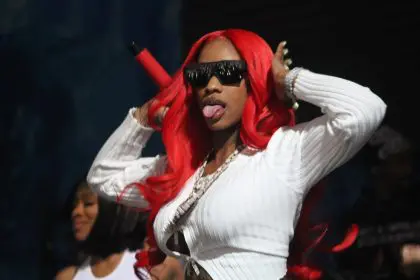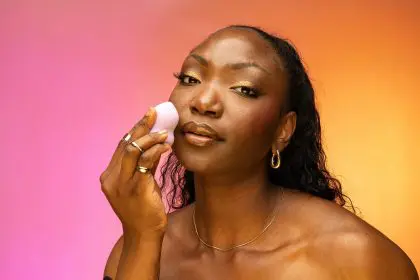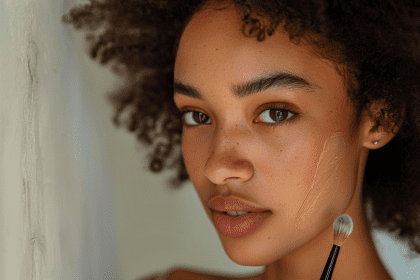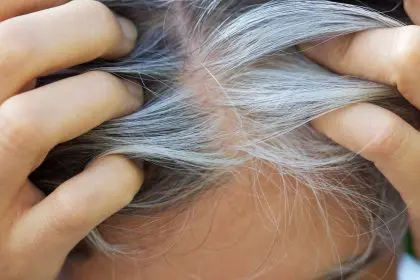Hair loss, whether gradual or sudden, carries a weight far beyond the mirror. It’s not just about thinning strands—it’s a shift that ripples through emotions, wallets, and daily habits. For men and women alike, shedding more than the usual 100 hairs a day can spark unease, touching identity and wellness in surprising ways. Five distinct impacts—emotional toll, social shifts, financial strain, health signals, and routine upheaval—reveal why hair loss cuts deeper than expected. Below, we explore these effects, numbered for clarity, and practical steps to navigate them.
1. Emotional toll: Confidence takes a hit
Hair often ties to self-image, framing how the world sees us. When it thins, confidence wobbles. A receding hairline or patchy scalp can make routine moments—catching a reflection or posing for photos—feel heavy. Studies show many feel less attractive or older than their years, even in early stages. This isn’t vanity—it’s human, as hair signals vitality across cultures.
The sting varies. Younger folks may dread dating, while older adults mourn youthful looks. Social media, with its filtered ideals, can amplify insecurity. Simple acts help: trying new hairstyles, like buzz cuts or voluminous styles, reframes appearance. Online forums, free to join, swap coping tips, building camaraderie. For those grappling inwardly, small tweaks—like a bold hat—lift spirits, softening the blow to esteem.
2. Social shifts: Interactions feel different
Hair loss alters how others perceive and engage. Thinning locks can prompt unwanted comments—jokes about balding or unsolicited advice—turning casual chats awkward. Work settings, where first impressions matter, may feel strained; some sense less authority in meetings or pitches. Social gatherings, once carefree, spark hesitancy, as overhead lights highlight sparse spots.
These shifts aren’t universal but hit hard when they do. Handshakes don’t change, yet self-consciousness creeps in. Styling tricks, like texturizing powders under $10, add fullness for events. Confidence-building hobbies—yoga, public speaking—reclaim presence, no cost at community centers. Openness helps too; owning the change, like sporting a shaved head, flips scripts, making social scenes easier to navigate.
3. Financial strain: Costs pile up fast
Chasing thicker hair burns through budgets. Over-the-counter treatments, like minoxidil, run $30 monthly, while prescription pills or laser caps climb to $100 or more. Salon visits for thickening shampoos or scalp massages add up, often $50 a pop. Surgical options, like transplants, start at $5,000, out of reach for most. Even wigs, a practical cover, range from $100 to $1,000 for quality fits.
Drugstores tempt with “miracle” serums, but results lag or fizzle, draining wallets. Generic minoxidil, $15 online, cuts costs, and bulk buys stretch further. Free library webinars on nutrition or stress share root-strengthening tips. Home remedies, like $5 castor oil massages, offer low-risk trials. For those eyeing fixes, smart spending—skipping hyped brands—eases the pinch, saving cash for what works.
4. Health signals: Body’s hidden messages
Hair loss often flags deeper issues, doubling its sting. Stress, from work or grief, can trigger telogen effluvium, pushing strands out early. Thyroid imbalances or iron shortages, common in women, thin crowns fast, while autoimmune conditions, like alopecia, leave bare patches. Men’s pattern baldness, tied to genetics, may hint at heart risks, as studies link it to artery strain.
Ignoring these cues risks bigger woes. Blood tests, $50 at clinics, spot nutrient gaps or hormone shifts, guiding diet tweaks like spinach for iron. Stress-busters, like free meditation apps, slow shedding. Community health fairs, often no-cost, screen for thyroid or scalp issues, catching clues early. For those losing strands, listening to the body—rather than just the mirror—turns warning signs into action plans.
5. Routine upheaval: Daily habits rewrite
Thinning hair reshapes mornings and budgets time differently. Washing shifts—special shampoos, $20 a bottle, need longer lathering to boost follicles. Styling takes effort; blow-drying for volume or applying fibers, $15 a tub, adds 10 minutes. Scalp care, like sunscreen to shield bare spots, becomes non-negotiable, another $10 monthly. For some, covering up—hats, scarves—eats closet space and planning.
The overhaul feels relentless. Streamlining helps: co-washing with conditioner, under $5, cuts steps. Multi-use products, like tinted sprays, save minutes, found at drugstores. Bulk-buying sunscreen or fibers online trims costs. Free YouTube tutorials teach quick updos or buzz-cut care, slashing trial and error. For those juggling schedules, simplifying routines keeps hair loss from stealing hours, easing daily flow.
Why it hits so hard
Hair’s role runs deep—culturally, it’s power, youth, identity. Losing it disrupts that narrative, stirring grief for what was. Biology amplifies this: scalp nerves, hyper-sensitive, make every shed strand vivid. Society doesn’t help; media glorifies thick manes, sidelining bald or thinning looks. Work’s long hours or dusty sites, common in cities, stress follicles, while tight budgets limit fixes. These layers—emotional, physical, social—turn hair loss into a heavier load than strands alone suggest.
Challenges and workarounds
Coping isn’t seamless. Treatments demand patience—minoxidil takes three months, costing $90 upfront. Social fears spark avoidance, but joining free meetups builds ease. Health checks need doctor visits, $30 with basic plans, though sliding-scale clinics help. Styling products clog drains or stain pillows; $2 shower filters or old towels fix this. Rural areas lack salons, but $20 clippers empower home cuts. Time’s the biggest thief—testing serums or diets feels endless—but batch-prepping meals or washes streamlines care.
Steps to soften the sting
Start small—one $10 shampoo weekly, paired with a free stress app. Log changes—photos track progress, no cost. Try one budget fiber, like $8 toppers, for instant cover. Eat one iron-rich meal daily—beans, $1 a can. Visit a $20 clinic yearly, screening for signals. Swap one mirror check for a walk, boosting mood. Community centers host free scalp-care talks, sharing oils or styles. These moves, woven into weeks, tame hair loss’s bite, reclaiming control bit by bit.
A path through the loss
The five stings—emotional dips, social tweaks, wallet hits, health flags, routine shifts—make hair loss a stealthy foe. Each shed strand tests resilience, but tools abound. A $5 oil, a free app, a $20 checkup—these small acts rebuild ground. Work’s stress or city’s rush won’t pause, but smarter habits can. Hair may thin, but strength doesn’t, proving care and grit outshine what falls away.




